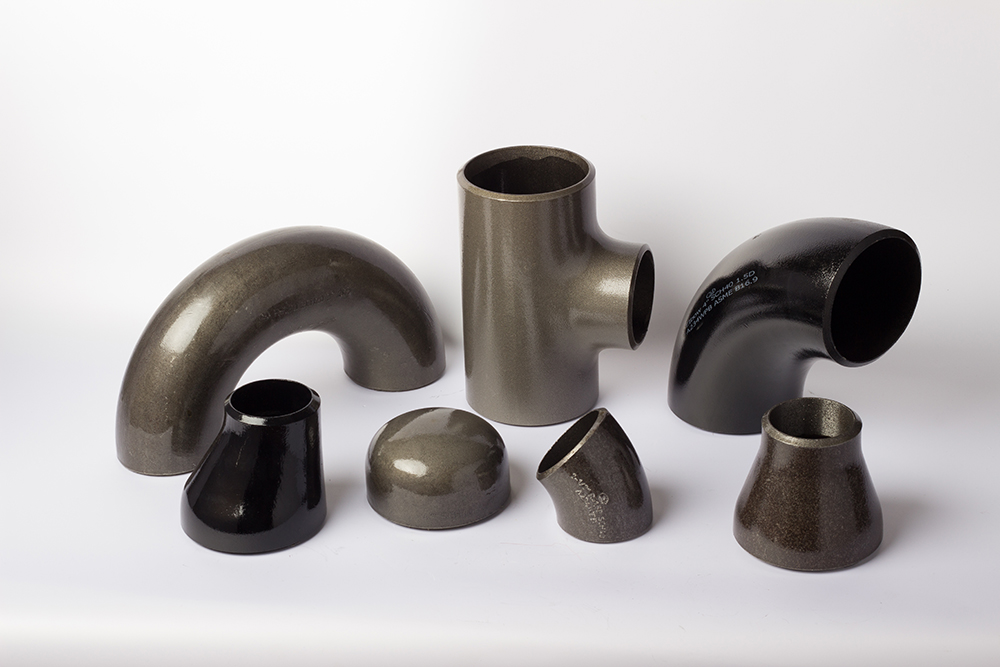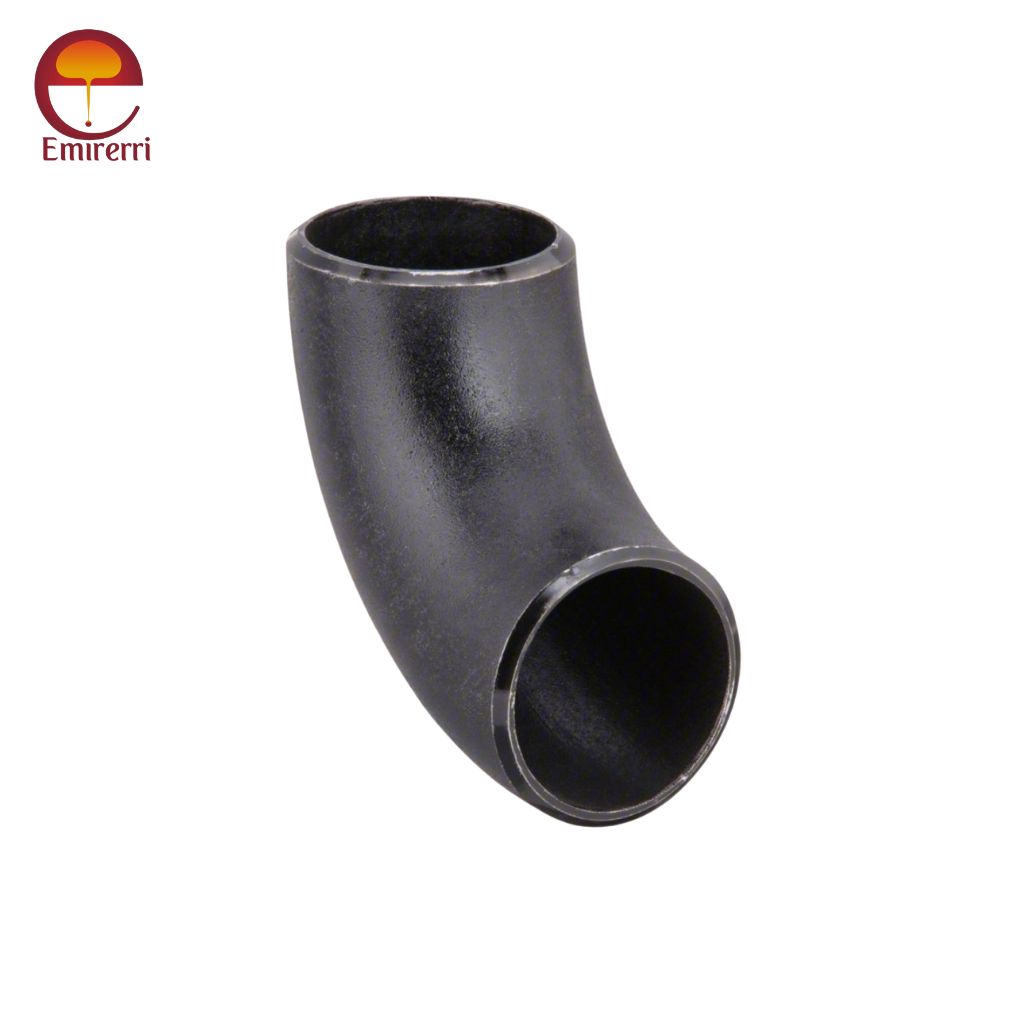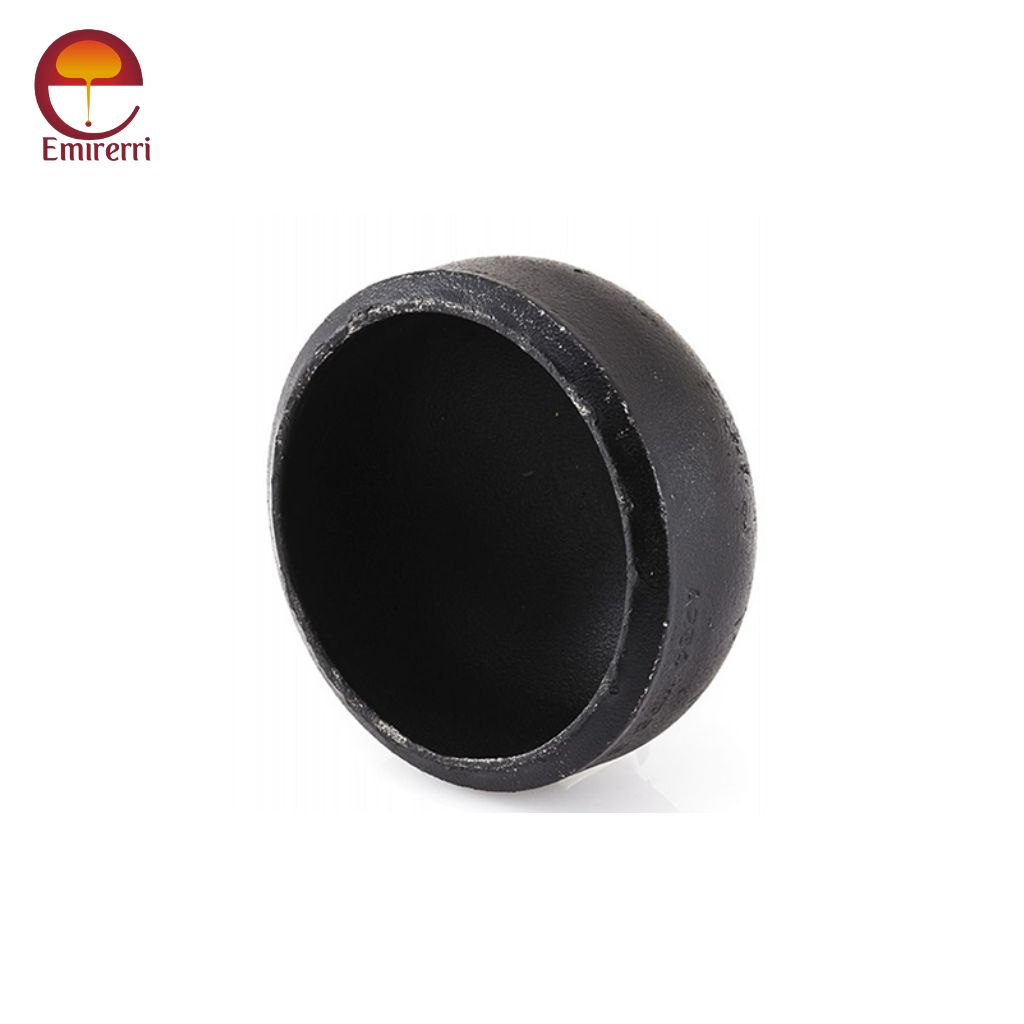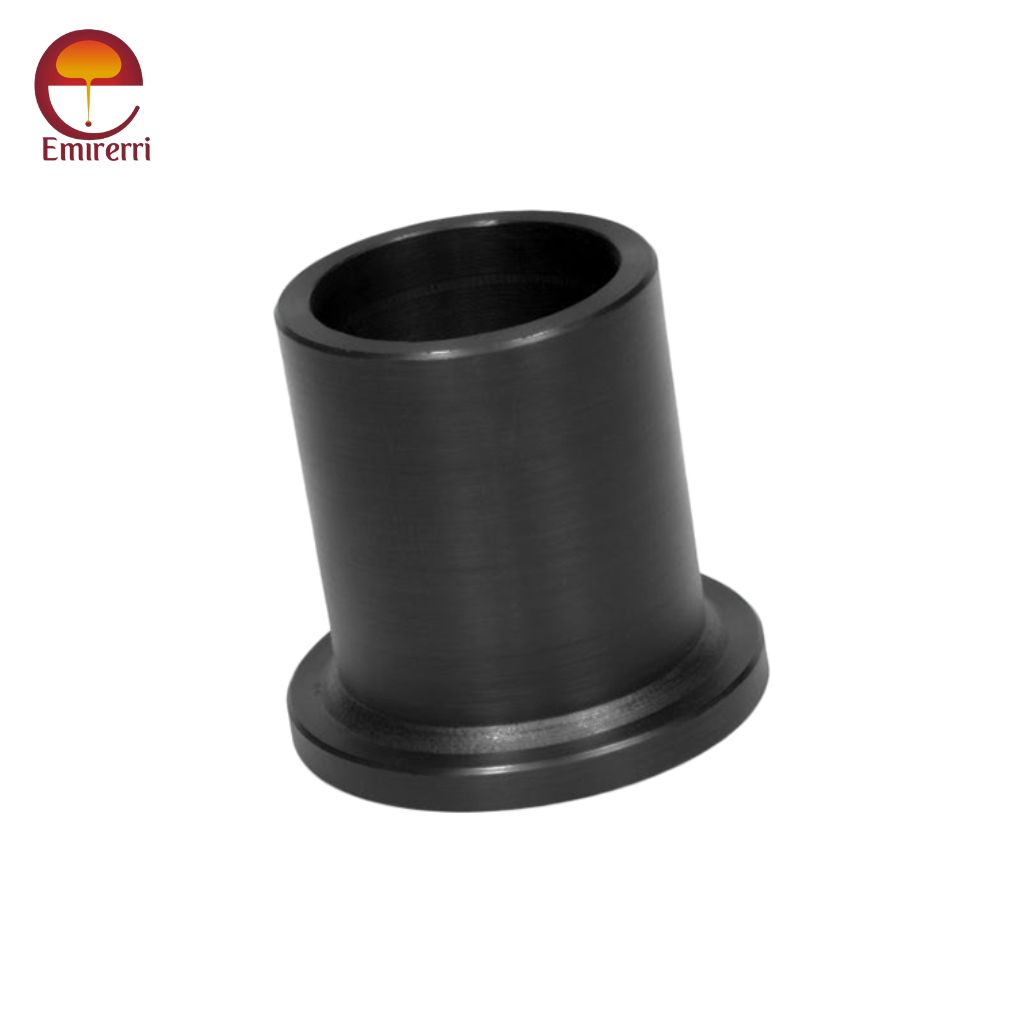Carbon Steel Buttweld Fittings
Carbon Steel Buttweld Fittings
What are Carbon Steel Buttweld Pipe Fittings?
Carbon steel buttweld fittings are pipe fittings that are welded to carbon steel pipes to change the direction of flow, branch the pipeline, or connect pipes of different sizes. These fittings are joined by butt welding, creating a strong, leak-proof, and permanent connection.
Unlike threaded or socket weld fittings, buttweld fittings are suitable for high-pressure, high-temperature, and corrosive environments, making them ideal for critical industrial operations.
Manufactured as per ASME B16.9, ASTM A234, ASTM A403, and MSS-SP-43 standards, carbon steel buttweld fittings are available in various grades such as ASTM A234 WPB, WPC, WPL6, and WPHY 42, 52, 60, 65, 70.

Types of Carbon Steel Buttweld Fittings
Carbon steel buttweld fittings are available in various designs to meet specific piping requirements. The most common types include:
1. Elbows
Elbows are used to change the flow direction of the pipeline. They are available in:
45° Elbow: Slight directional change, reducing pressure drop.
90° Elbow: Most common elbow, used to change flow by 90 degrees.
180° Elbow / Return Bend: Completely reverses flow direction.
Short Radius (SR) and Long Radius (LR) Elbows: SR elbows save space, while LR elbows provide smoother flow.
2. Tees
Tees are T-shaped fittings used to connect three pipelines.
Equal Tee: All three outlets have the same diameter.
Reducing Tee: The branch outlet has a smaller diameter than the main line.
3. Reducers
Reducers are used to connect pipes of different diameters.
Concentric Reducer: Pipes share the same centerline, ideal for vertical pipelines.
Eccentric Reducer: Offset centerline, prevents air pockets in horizontal pipelines.
4. Caps
- End caps seal the end of a pipeline, protecting it from contaminants and terminating flow where necessary.
5. Crosses
- Cross fittings connect four pipelines at one point, often used in complex piping networks.
6. Stub Ends & Lap Joint Fittings
- Stub ends paired with lap joint flanges allow easy disassembly, inspection, and maintenance in critical pipelines.
7. Bends & Laterals
- Bends provide gradual directional changes, while laterals allow angled branches in piping systems.





Carbon Steel Pipe Fitting Grades
Applications
1. Oil & Gas Industry
Used in pipelines carrying crude oil, natural gas, and refined products.
Handles high-pressure and high-temperature conditions.
Suitable for offshore and onshore installations, refineries, and storage tanks.
2. Petrochemical & Chemical Plants
Transports chemicals, solvents, and hydrocarbons.
Eccentric and concentric reducers are used to maintain smooth flow.
Tees and elbows ensure proper flow distribution in complex piping networks.
3. Power Generation
Utilized in steam lines, condensate pipelines, and cooling systems in thermal and nuclear power plants.
High strength and temperature resistance make them suitable for power plant operations.
4. Water Treatment & Desalination
Handles raw water, wastewater, and brine pipelines.
Resistant to scaling and corrosion, providing long-lasting service.
5. Construction & Infrastructure
Used in high-rise building plumbing, HVAC, and fire-fighting systems.
Durable and easy to fabricate for custom installations.
6. Mining & Heavy Industries
Ideal for slurry pipelines, abrasive fluids, and high-pressure lines.
Elbows, reducers, and tees ensure minimal wear and smooth flow.
7. Shipbuilding & Marine Applications
Resistant to seawater corrosion and suitable for ballast, fuel, and cooling pipelines.
Eccentric reducers prevent air trapping in horizontal pipelines.
